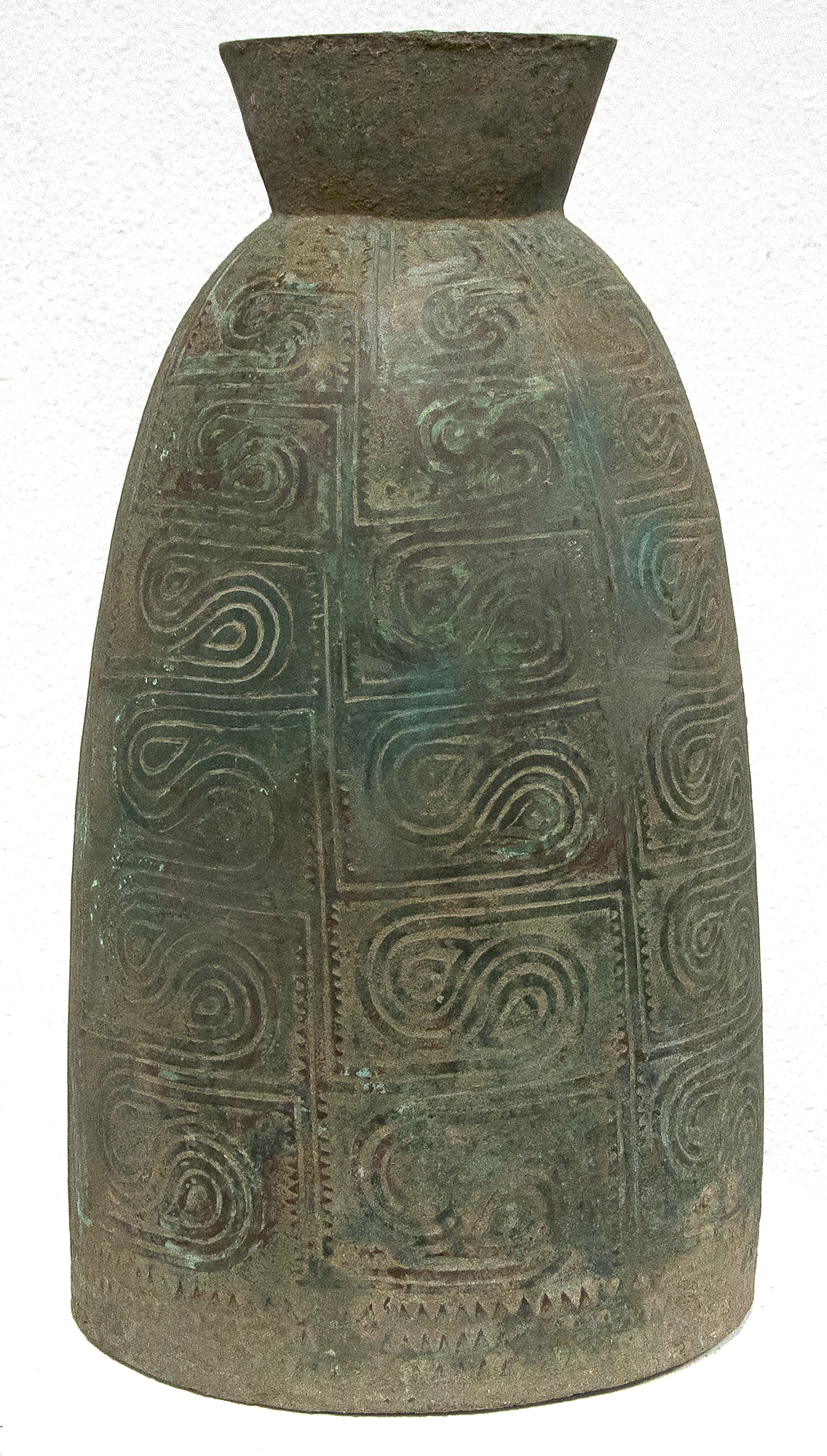ASIE DU SUD-EST









Provenance
Collection privéeHeather James Fine Art, Palm Desert
50,000
La culture Dong Son est une culture de l'âge du bronze qui englobe toute l'Asie du Sud-Est et l'archipel Indo-Malaya d'environ 1000 à 1 av. Centrés sur la vallée de la rivière Rouge au Vietnam, les Dong Son étaient des agriculteurs sophistiqués qui élevaient du riz et des buffles. Dong Son est probablement issu de cultures néolithiques locales, comme les phases Phung Nguyen et Dong Dau. Dong Son est identifié à la dynastie Van Lang, la première dynastie du Vietnam. Au deuxième siècle avant J.-C., les impacts de la dynastie Han en Chine se faisaient sentir et, selon les archives historiques, les Dong Son furent absorbés par le territoire de la dynastie Han.


